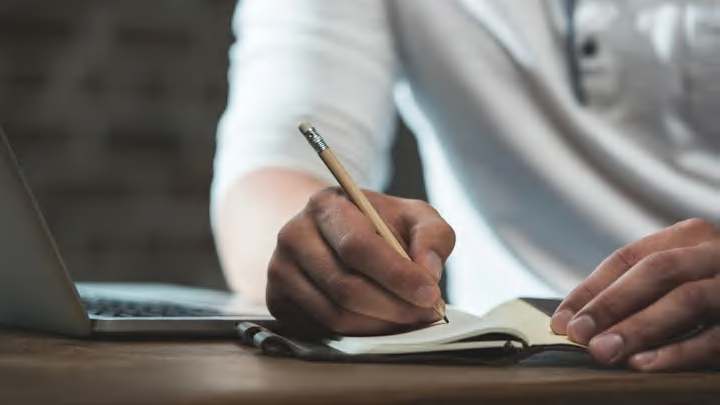Why I Started Taking Notes by Hand Again

I was deep into the digital age. My notes lived on my laptop, my highlights in Kindle, my reminders in four different apps. At one point, I even convinced myself I could remember more just by typing faster. Productivity, right? Everything felt so clean, so efficient, so... empty.
Somewhere along the way, I realized I was archiving information, not absorbing it.
I’d sit through a lecture or an online course, typing furiously like a courtroom stenographer. But when it came time to recall the ideas later, it was like trying to catch water with a fork. I could find the notes. I just couldn’t find the connection.
And that’s when I went rogue. I bought a cheap notebook and started writing things down again—with a pen. Not because I was trying to be aesthetic or nostalgic. Because I was desperate to actually learn again.
The Pen Slows You Down—And That’s the Point
Typing is fast. But learning? Learning thrives in slow motion.
When I took notes by hand, I was forced to filter. I couldn’t transcribe word-for-word, so I had to process and rephrase ideas in real-time. That small shift made a massive difference. Suddenly, I was engaging with the material instead of just copying it.
The page became a space for conversation, not just documentation. I’d jot questions in the margins. Draw arrows between concepts. Add little doodles when things clicked. My notebook was alive, and it looked messy as hell—but it was mine.
The Mind-Body Connection We Forgot About
There’s something underrated about the physical act of writing. It engages a different part of the brain—motor memory, spatial awareness, tactile feedback. It’s like turning on a second layer of processing that typing doesn’t tap into.
I started remembering things I didn’t even try to memorize. Whole chunks of ideas would come back to me later—not because I studied them harder, but because I had written them, physically, like carving them into mental stone.
Turns out, my brain doesn’t sync well with keyboards. But give it a pen and paper? Suddenly it starts humming like an old engine kicking back to life.
Freedom from the Edit Button
Another thing I didn’t expect? The psychological freedom. On a laptop, there’s this constant pressure to backspace, to make it pretty, to fix things mid-thought. But on paper, once it’s down, it’s down. I stopped trying to be perfect and started focusing on being present.
Some days, I’d write like I was mapping out a novel. Other times, it was scattered phrases, disconnected but electric. It didn’t matter. I was thinking, not performing.
The Messy Notebook Wins
Now don’t get me wrong—I still use digital tools. I’m not a Luddite. But my best learning happens in that battered notebook I carry everywhere. It’s stained with coffee and packed with half-legible notes, but it’s the only place my ideas feel like they’re growing, not just being filed away.
So if you’ve ever felt like your digital notes are sterile and lifeless, maybe it’s time to go analog—at least a little. Not because it’s trendy, but because your brain remembers what your hands do.
And maybe, just maybe, the most efficient way to learn isn’t the fastest. It’s the one that makes your thoughts stick like glue.